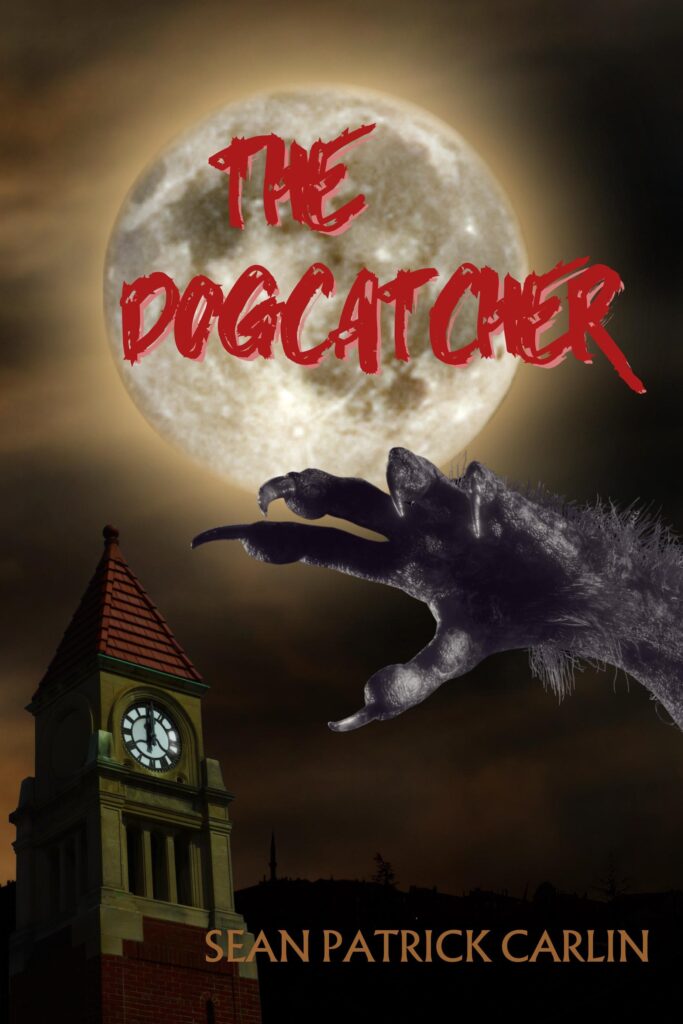Editor’s note: “Some Assembly Required” was written and scheduled to post prior to COVID-19’s formal classification as a global pandemic and the ensuing social disruption it has caused here in the United States and around the world; in light of that, a thesis about storytelling craft seems to me somewhat inconsequential and irrelevant.
More broadly, however, the essay makes a case for slowing down, something we’re all doing out of admittedly unwelcome necessity at present, and learning to value the intellectual dividends of thoughtful rumination over the emotional gratification of kneejerk reaction; as such, I submit “Some Assembly Required” as planned—along with my best wishes to all for steadfast health and spirits through this crisis.
Castle Grayskull. The Cobra Terror Drome. The Batcave. I didn’t have every 1980s action-figure playset, but, man, how I cherished the ones I got. In those days of innocence, there was no visceral thrill quite like waking up to an oversized box under the Christmas tree, tearing off the wrapping to find this:

Or this:

Or this:

Oh, the possibilities! Getting one of those glorious playsets was like being handed the keys to a magical kingdom of one’s very own. After having been inspired by the adventures of G.I. Joe and the Transformers and the Ghostbusters at the movies, on their cartoon series, and in comics, now you had your very own “backlot” to stage your personal daydreams. It was grand.
I am in no way indulging 1980s nostalgia here—surely you know me better than that by now. Rather, I mean only to elicit the particular thrum of excitement the era’s playsets aroused, the imagination they unleashed. It’s fair to say I became addicted to that sensation in my youth; even at midlife, I still need my fix. Nowadays, though, I get it not through curated collections of overpriced memorabilia—retro-reproductions of the action figures of yore—but rather the surcharge-free creation of my own fiction.
CREATIVITY—ONE… TWO… THREE!
Getting a new playset as a kid and a starting a new writing project as an adult share arguably the same three developmental phases. The first is what I call Think about What You Might like for Christmas. This is the stage when you experiment noncommittally with ideas, get a sense of what excites you, what takes hold of your imagination—maybe talk it over with friends—and then envision what it will look like. Selling yourself on a new story idea, deciding it’s worth the intensive time and energy required to bring it to fruition, is much the same as furnishing your parents with a carefully considered wish list: You’re cashing in your biannual Golden Ticket on this. It’s a period of escalating anticipation, and of promise. The “thing” isn’t real yet—it’s still a nebulous notion, not a tangible commodity—but it will be…
Stage two is Some Assembly Required: This is the recognition that your personal paracosm doesn’t come ready-to-play out of the box. You’ll need to snap the pieces in place, apply the decals; you need to give the forum structure first. To use another analogy: You don’t start decorating a Christmas tree that’s been arranged askance in its stand. (More on Some Assembly Required in a minute.)
Stage three: It’s Playtime! You’ve done the hard, preparatory work of building your imaginary realm, and now you get to experience the pure joy of writing—to have fun, in other words, with your new toys.
Continue reading













Recent Comments